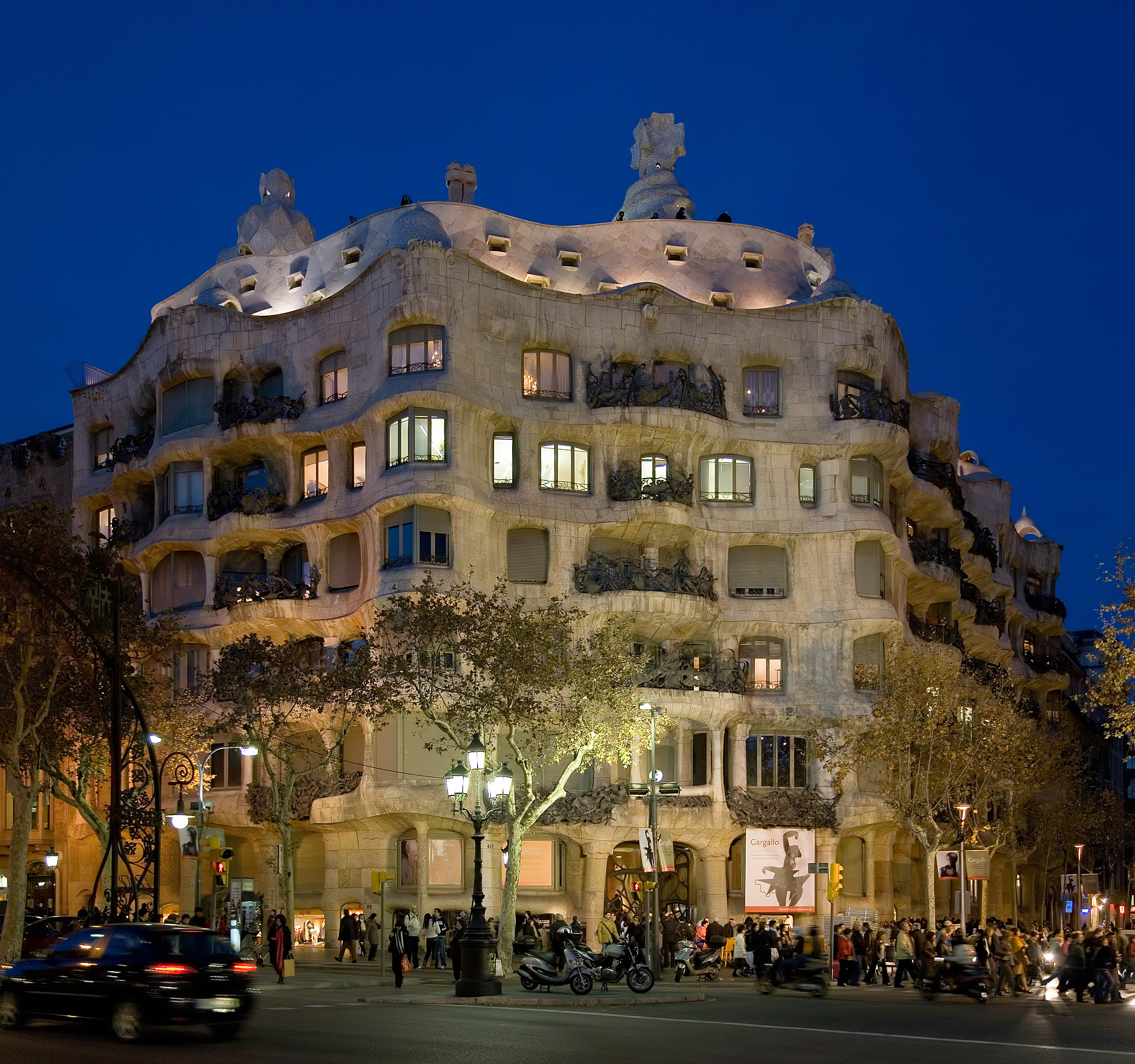NOTE: THIS POST BY TOM SUMNER ORIGINALLY APPEARED ON THE ORIGINAL BLOG FOR XPAT FICTION IN OCTOBER 2010.
It was billed as the First Japanese Noodle Western, and it came out in the US just twenty-three short years ago. Before I went to Japan for my own self three years after seeing it, I had already been there through this movie.The film is Juzo Itami’s Tampopo, and though I’d seen a few of Kurosawa’s great movies, this was the one, I think, that first took me to Japan; Tampopo has a heavy cross-cultural element absent in Kurosawa’s work. Plus it’s just funny as all get out, separating it from Serious International Cinema.
The story is told as a western—that’s the first clue to the territory it explores—but this is a Noodle Western as opposed to a Sergio Leone Spaghetti Western. The gunslinger is replaced by a tough-guy Japanese truck driver (they have serious gun laws in Japan, after all) who rolls into town (or rather, the noodle shop) and cleans out the Bad Element to restore order that can only be found in the perfect bowl of pork ramen.
But the heroic quality of the main narrative is belied by the constant, and I mean Constant, forays into vignettes about food and Japan’s relationship to it--and this is where the film becomes a masterpiece. Here are just some of the things we learn about Japan:
Shopkeepers are serious about keeping their wares free of blemishes.
Great Japanese food is meditation.
Great Japanese food is sex.
Great Japanese food is ceremony.
The Japanese value an egalitarian spirit: you never know where you’ll find a true master.
. . . and lots more. Because food gives us something to focus on going into it, the revelations about Japanese culture are much simpler to, well . . . digest, I guess. It’s like Robert Whiting’s work on baseball in Japan (at least for us American baseball fans, anyway). You approach You Gotta Have Wa, for example, with an understanding of baseball, and then get to watch what happens when it gets to Japan.
All of this relates directly to what XPat Fiction is about, by the way. Our books observe society from the outside in, through the eyes of an expatriate, and even though Juzo Itami was on the inside when he made Tampopo, he positioned himself as an outsider to the point of even calling his movie a “Western.”
And I’ll go one further to claim that great social insight is done from the outside, even when done from within. I suppose that’s why looking out the window is such a popular positioning for songwriters like Robert Hunter, Serius Jones and Jay Rock, Graham Parker, Bruce Hornsby, Sarah Buxton, Townes Van Zandt, and . . . enough already.
The greatest of all is that genius of outside-looking-in-from-the-inside, Ray Davies. I think he really meant it quite literally when he sang “every day I look at the world from my window.” And just to add emphasis to the cross-cultural appeal, here’s the Vietnamese band The Rice Growers doing “Waterloo Sunset”:













